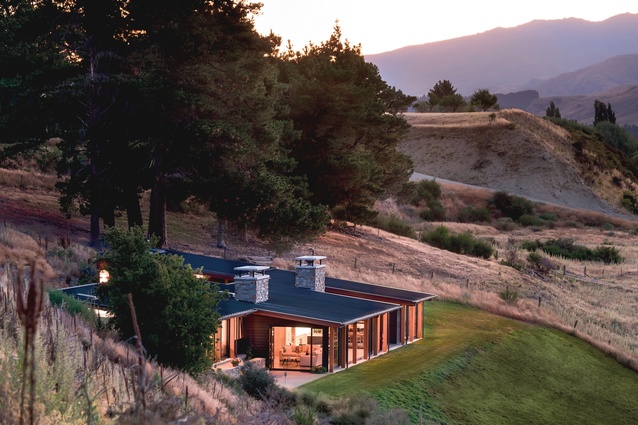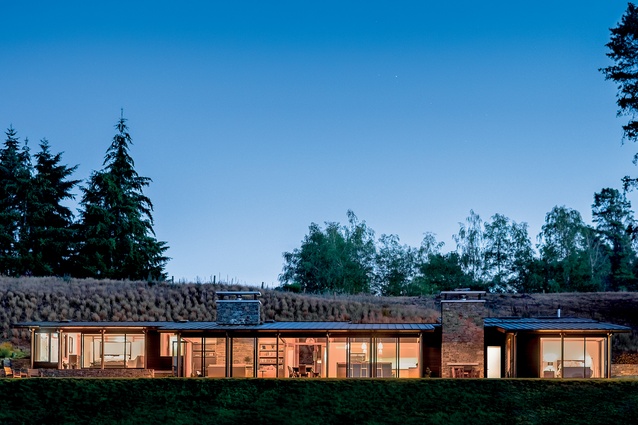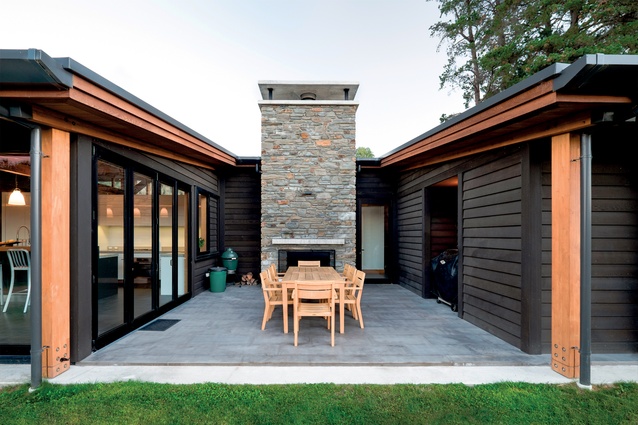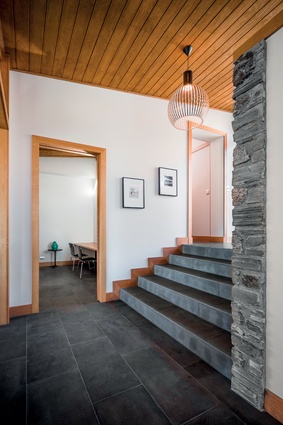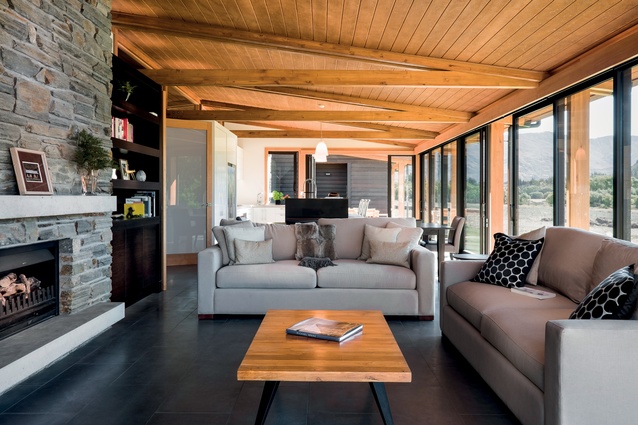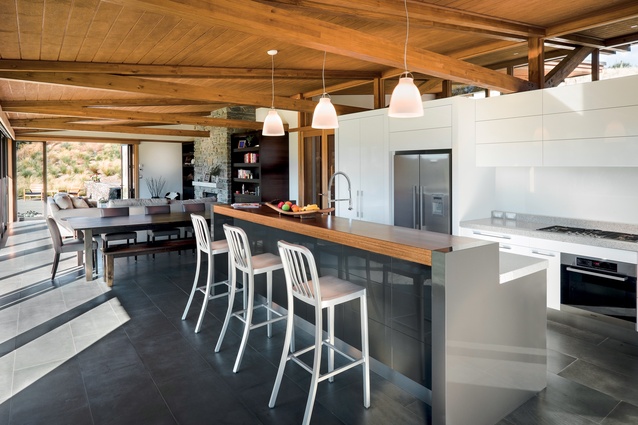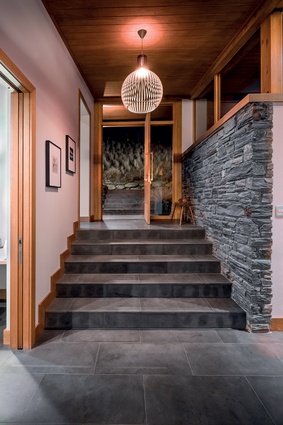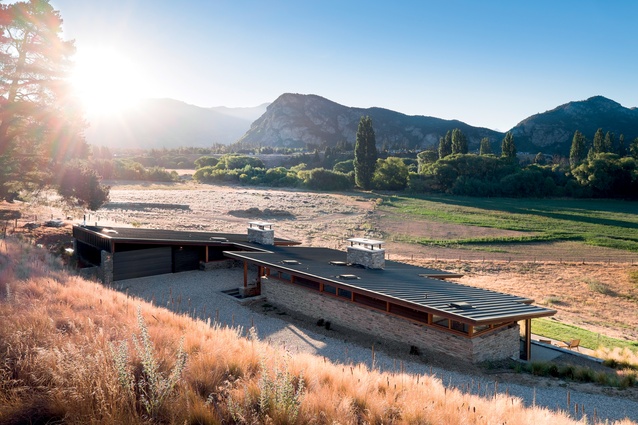Houses revisited: Cardrona River house
A years-long love affair with the Otago region has finally borne fruit for an ex-pat family a long way from home, first published in 2015.
Honesty runs through the bones of this holiday house; honesty hewn in the expression of material, the open dialogue between client, architect and builder, and the approach these overseas clients had to living in this parcel of rural land in Central Otago.
“The clients, a young American family living overseas, had a good understanding of what they wanted to achieve and how they would use the property,” says architect Hamish Muir of Mason & Wales Architects.
“They wanted a house that serves as a getaway and retreat from their day-to-day urban life.”
Muir says they also showed true appreciation of the Central Otago landscape, climate, culture and lifestyle.
“The client very much wanted the design to reflect the vernacular architecture,” he adds.
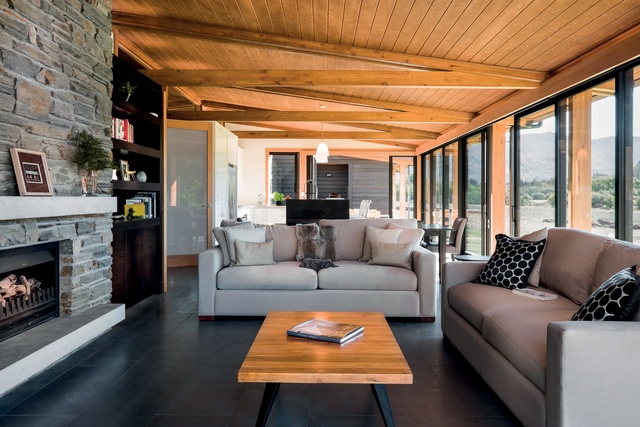
The clients, Donald and Kelly Austin, first visited the region over 15 years ago on a tour of the South Island and loved their experience in the Wanaka area. On a friend’s recommendation, they subscribed to a local realtor’s newsletter. Years later, when a parcel of land came up for sale near the lodge in which they’d stayed previously, they bought it.
For the family this is a place where they can all be together, says homeowner Donald Austin.
“Here we have space around us. In Hong Kong there is no space to get outside and play; so that’s what we do here: fishing, having guests and doing fun things like making a flying fox.”
That simple and honest vision for a long-term family sanctuary is expressed in the design and material choices. It is a long-term response to landscape and lifestyle, rather than seeking an architectural form.
The 400m2 house is positioned on a linear terrace overlooking the working farmland of River Run Station – and the Cardrona River – on the outskirts of Wanaka.
“The property had a defined building platform that positioned the house and determined the envelope that we were required to fit within,” says Muir.
The house steps down the hillside over three levels. The long flat plane of wide-trough Alpine Tray roofing enhances the sense of descent. To counteract this forward movement, glue-laminated beams are trussed across the timber ceiling, bringing a sense of enclosure to the interior.
The house is further divided horizontally by a series of steps linking front to back, as well as by two schist fireplaces that jut out of the roof to break the sleekness of the roof tray.
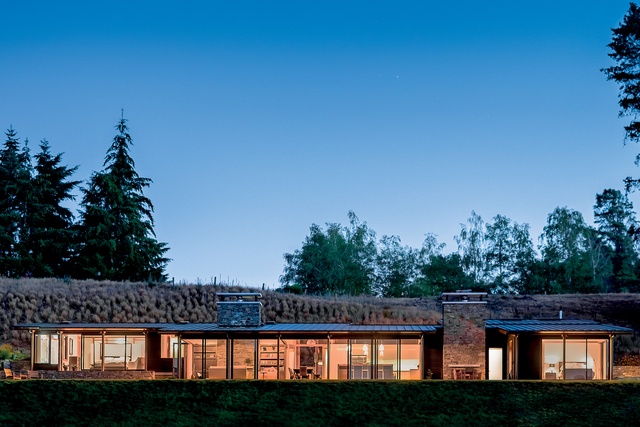
A post-and-beam structure spans from front to back and is exposed to provide a rhythm to various spaces within the overall floor plan. Along with the grooved cedar ceilings and plywood soffits, these spaces bring a sense of warmth, texture and patterning.
There are honest divisions, contrasts and patterns within the solid rear wall and parallel large schist fireplaces, both seeming to hold the building in place, grounding it. This is in contrast to the glass frontage, which opens lightly to the environment.
“The arrangement of the stone, timber and glass elements has the combined effect of grounding the house into the land,” says the architect.
He says the builder and subcontractors understood and interpreted the objectives of the client and the architect, and successfully completed the house with minimal on-site observation.
Donald agrees, saying: “Mark Duffy and his team were excellent partners throughout the process. They are true craftsmen with amazing attention to detail.”
There is an honesty and a groundedness to the house, perhaps because it’s hunkered into the hillside, perhaps because of the solidity of beams, columns and posts, or perhaps because it reflects the client’s desire to be part of this particular history and geography, rather than distinct from it.
Click here to see more Houses Revisited. And sign up to our email newsletters to receive Houses Revisited straight to your inbox.
Note: These are stories from our archives and, since the time of writing, some details may have changed including names, personnel of specific firms, registration status, etc.

